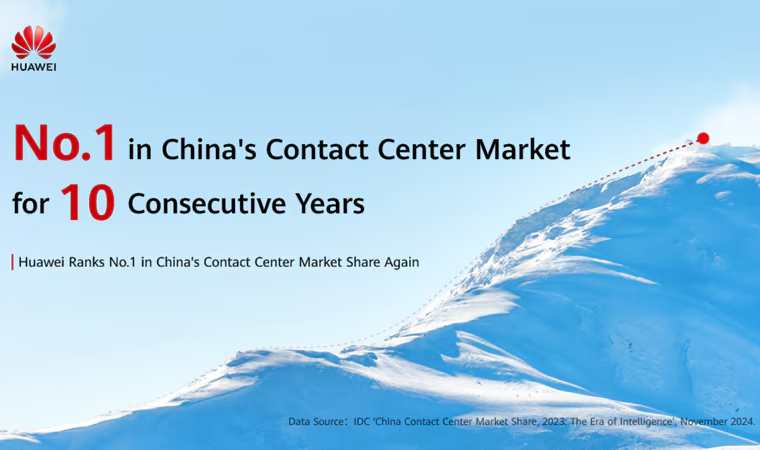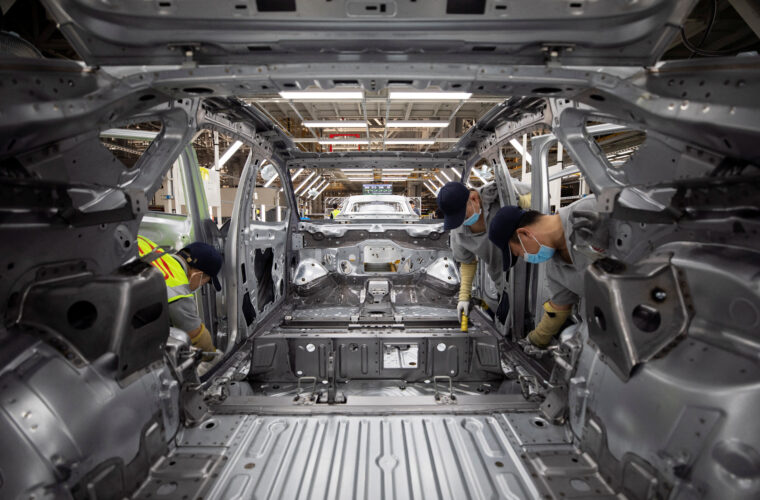Travelling with Oppo to discover Shenzhen, the tech capital of China
I have always wanted to visit China to see if and how true the many stereotypes spread in the West about the country and the Chinese are. I was able to do so thanks to Oppo, who invited me on a press tour to visit their workshops and factory in Shenzhen. Very close to Hong Kong, what is now China’s most high-tech city was a fishing village until the 1980s, but in the space of four decades, it has turned into a megacity of 13.5 million inhabitants.
Long, wide boulevards are home to mostly electric cars, so much so that here, about 45% of the entire active car fleet is green, as are the more than 12,000 taxis scattered around the city and the mopeds that travel (all of them!) on the pavements dodging those who walk on the sides of the road. I ground kilometres and saw wonderful sights, starting from the Talent Park bordering Shenzhen Bay and the promenade in Nantou Ancient City. And ate delicious food, but also discovered the huge amount of cameras placed in every corner of the city (groups of 5-6, even ten lenses connected to each other on lampposts, buildings, parks, shopping centres and in the underground) to monitor what is going on or oddities such as the presence of policemen in riot gear inside nightclubs.
Times change: now we have to adapt to China
I was forced to watch without touching what I saw in the shops for the first two days, as credit cards were out of order, the Mastercard and Visa circuits did not work (except for the very few US brand outlets), and ATMs did not provide cash. To unblock the situation, it was necessary to install Alipay, one of the two most popular payment platforms in China along with WeChat Pay, on the smartphone, even though they are two do-it-yourself applications (they are the models that inspired Musk for X) that contain a long list of services and activities.
This is no coincidence because it is also, and above all, for this reason, that you are unlikely to see anyone in Shenzhen without a phone. Because giving it up would be tantamount to being cut off from the day-to-day dynamics: from shopping to transport, from sports to entering offices via facial recognition technology (also included in the preliminary steps for using Alipay, which requires one to upload one’s passport), everything is done with a smartphone.


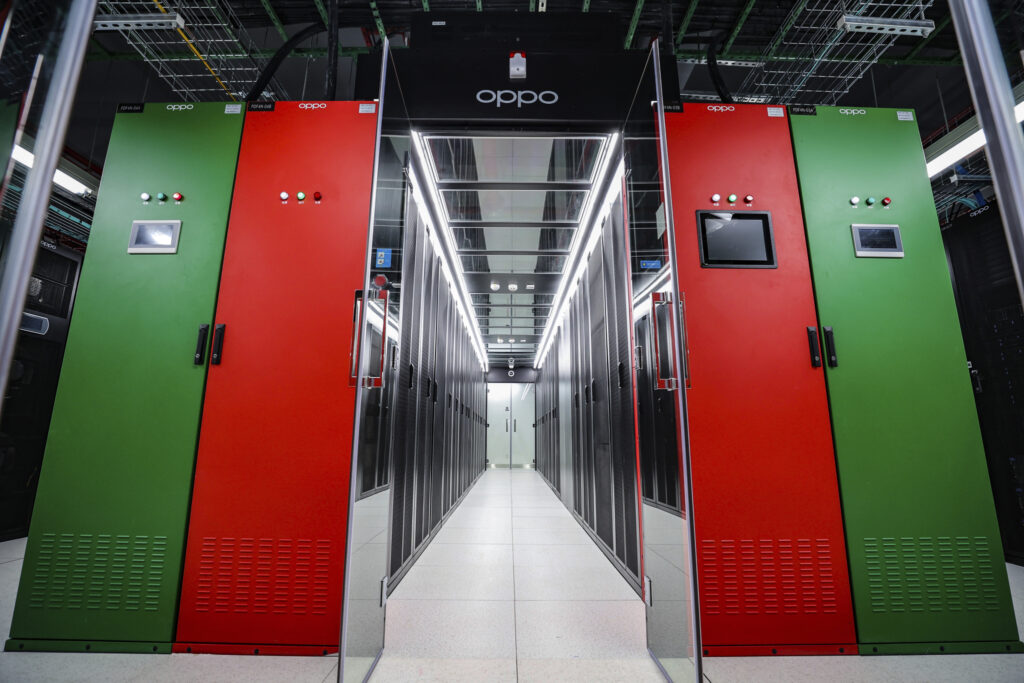
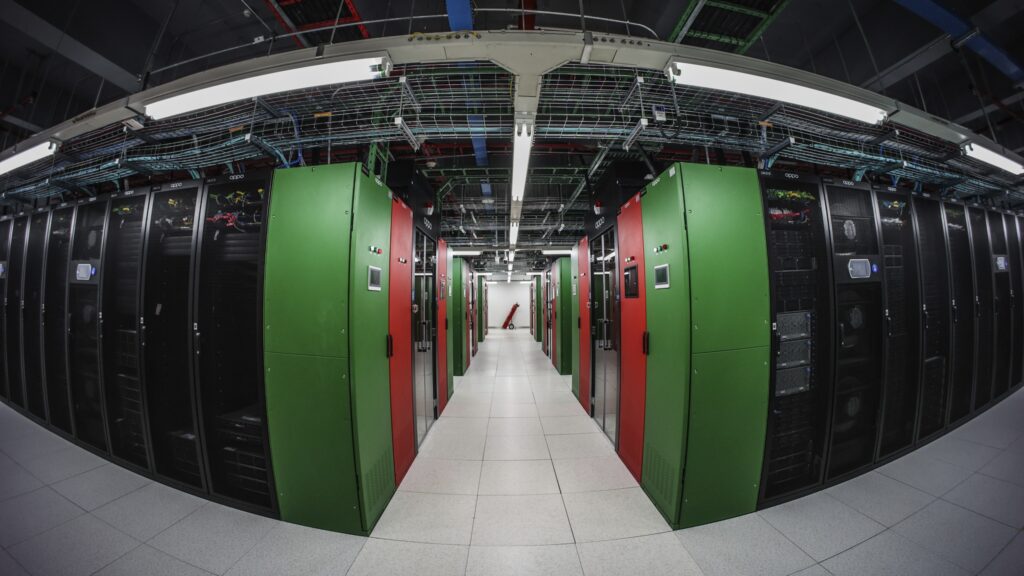

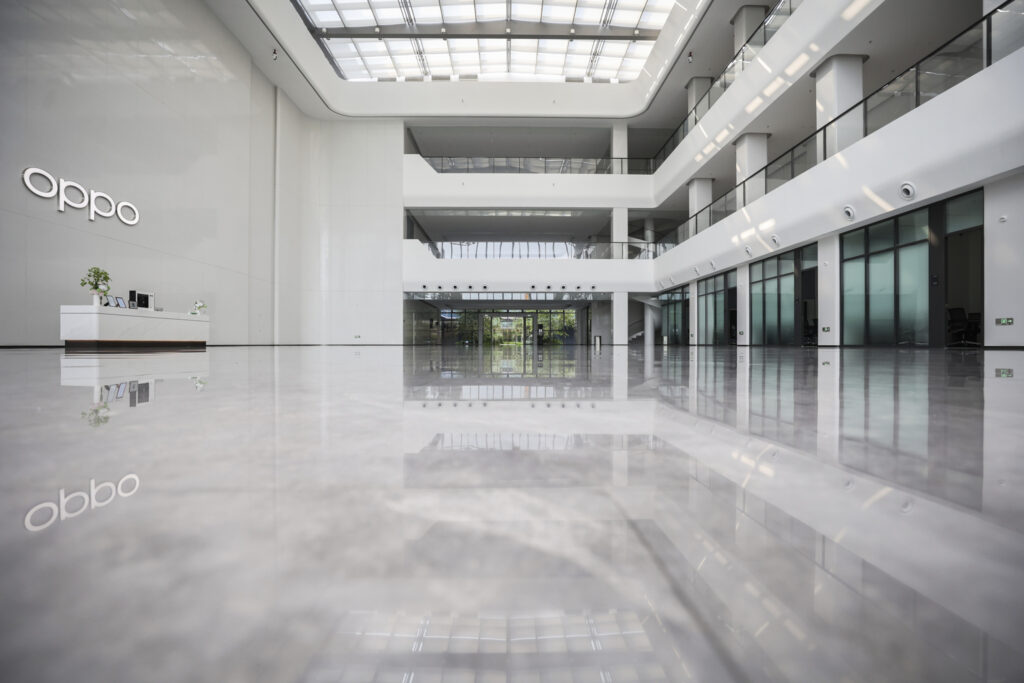
The rise of Oppo
Perhaps this is also why the number of phone manufacturers has multiplied in China: Huawei was ahead of everyone but then came Vivo, Xiaomi, Lenovo, OnePlus, Honor, Realme and Oppo. Thanks to the latter, I arrived in Shenzhen to visit the headquarters and production lines of the company, which is known for its smartphones but does more than just produce phones. Founded in 2004 to produce MP3 players, the company has focused its energies on smartphones since 2008, and in fifteen years, it has managed to be present in more than 40 markets and achieve the fourth position in the global ranking of manufacturers. Even before Covid, Oppo embarked on a new growth phase, centred on expanding its activities and a $7 billion investment in research and development.
Symptomatic of the turnaround undertaken is also the start of work on the Zaha Hadid-designed headquarters, which should be ready in 2025. In the meantime, in Dongguan, 60 kilometres from Shenzhen, the new AndesBrain data centre has arrived. In addition to the use of energy from renewable sources and a concrete step towards the carbon neutrality that Oppo aims to achieve by 2050, it represents a crucial step in the development of the LLM model that the company already uses internally and on which it places great hopes for continuing to play a leading role in the future of consumer technology.
It is called AndesGPT, a name that refers to OpenAI’s ChatGPT because it is based on the same model and promises to simplify work by writing emails, summarising recordings, and editing documents and photos. At the moment, it has been noted for its results, showing better effectiveness than the models being developed by Alibaba and other large Chinese companies.

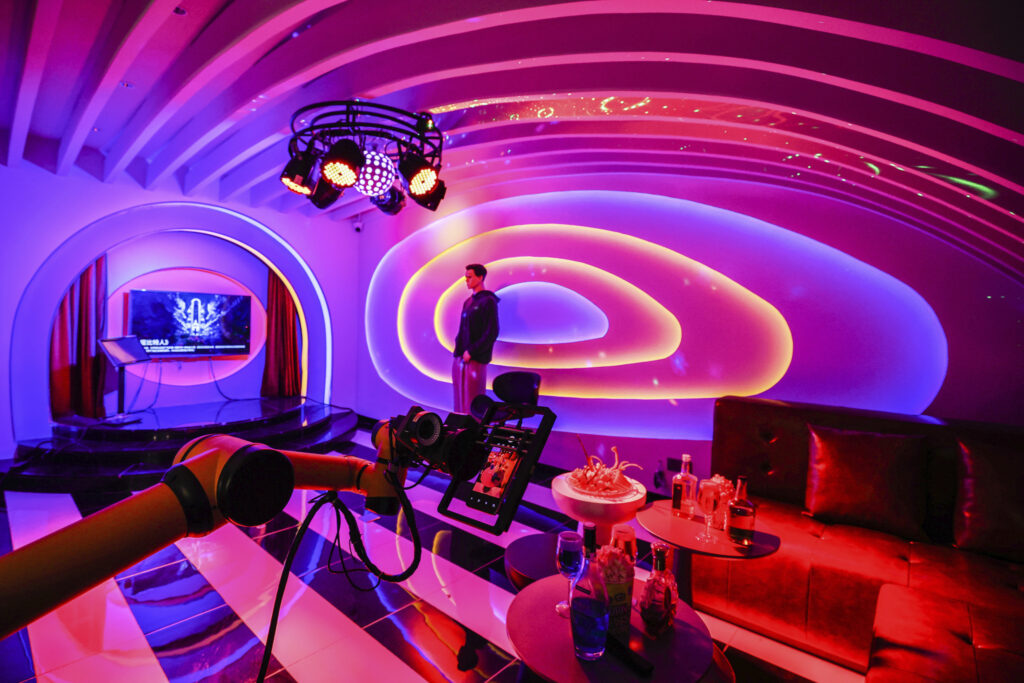
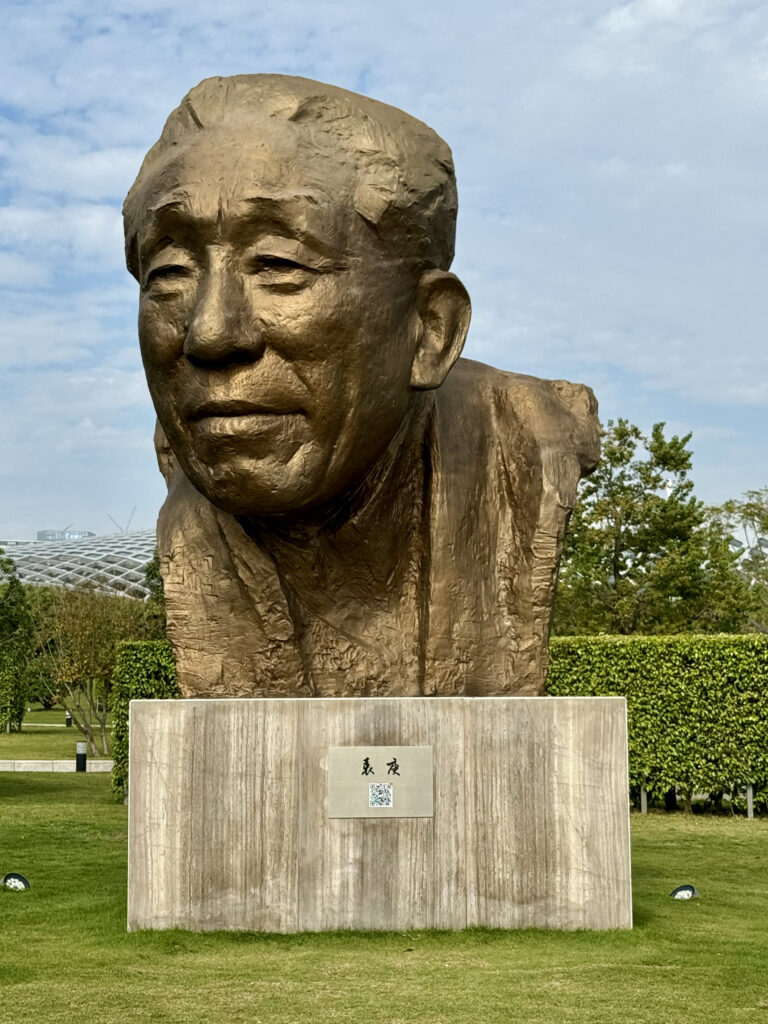


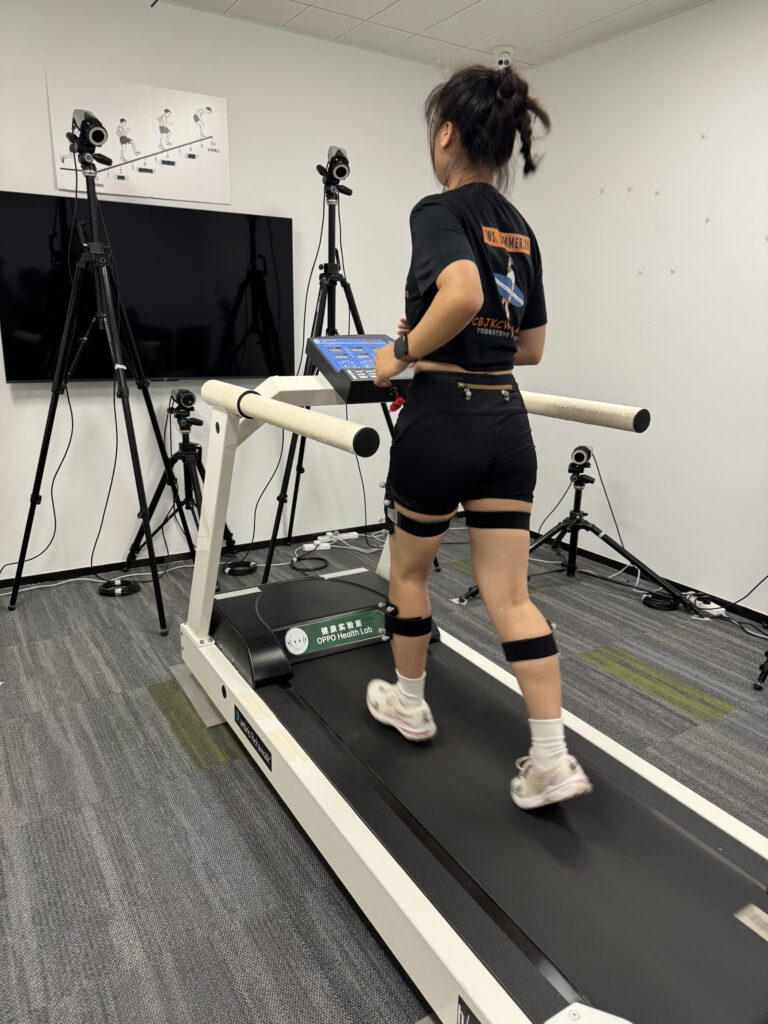
There is so much more than smartphones
At the OPPO Qinghai Office in Shenzhen, I was able to see the development of a number of different technologies, such as the AR features that will arrive on visors and glasses, as well as the simulation of environments and networks of all the telephone operators in the countries where Oppo is active, in a laboratory set up together with Qualcomm and Ericsson. Still, the Health Lab, where the algorithm functions dedicated to wearables, are being developed, focusing on the detection of cardiovascular activity and the analysis of the user’s posture, with a series of data and suggestions to improve it if needed.
On the Dongguan campus, a place of contradiction where green areas, modern and beautiful to live in but also helping to save energy, coexist with dated buildings that appear anonymous from the outside, Oppo opened the doors of the Imaging Lab, where a series of robotic arms integrate the smartphone to take thousands of images in artificially recreated everyday environments (from restaurants to hotels, from supermarkets to greenhouses) and thus establish the parameters for the sensor.
It is striking how fully automated the operations are, although the explanation is simple: in about two hours, the robots complete a task that would take a human being almost two days. The real realm of automation, however, are the production lines where smartphones are manufactured: here, it was forbidden to take pictures when, before my eyes, an impressive army of robots was packing step by step the production steps for each component under the watchful eye of the employees, who are called upon to check that everything is running smoothly.
It takes 40 minutes to make a phone. Still, it takes another 30 minutes to perform the many endurance tests, with frontal drops of the display, cycles of hundreds of thousands of opening and closing of the folding models, checks of the battery, antenna, connectors, reaction to contact with jeans pockets, and many other tests so that only a perfect product, verified in every part, reaches the market.

